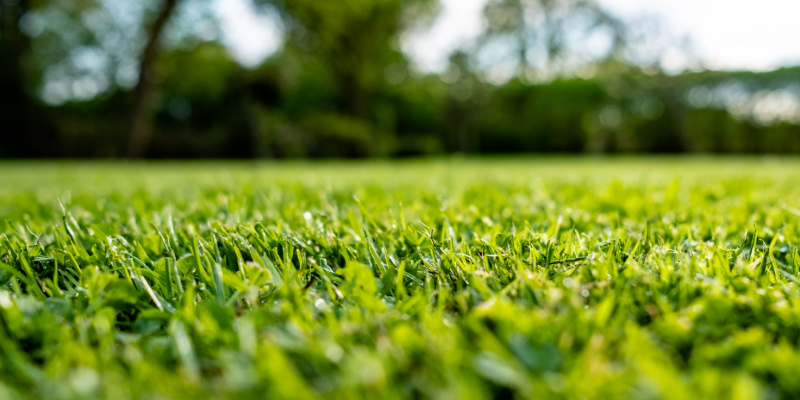A gorgeous vibrant lawn is a sight to behold, but achieving and maintaining such a landscape requires more than just regular watering and mowing. Enter lawn aeration – a lesser-known yet vital practice that plays a significant role in nurturing healthy, resilient grass. This article will explore the intricacies of lawn aeration, examining how the aeration process works, why it’s essential, and the benefits it brings to your outdoor oasis.
The Basics of Lawn Aeration
Lawn aeration is a technique designed to alleviate soil compaction and promote better air, water, and nutrient circulation in your lawn. Over time, foot traffic, heavy equipment, and even natural settling can lead to compacted soil, restricting the movement of vital elements that your grass needs to flourish. Aeration involves perforating the soil with small holes, allowing air, water, and nutrients to penetrate deeper into the ground and reach the root zone of your grass.
How Lawn Aeration Works
The lawn aeration process involves using specialized equipment known as aerators. There are two primary types of aerators: spike aerators and plug aerators.
1. Spike Aerators
These aerators use solid tines to puncture holes in the soil. While spike aerators do help improve water and air movement, they can also compact the soil further around the holes due to the pressure applied during the process. While they are a more budget-friendly option, plug aerators are generally recommended for more effective results.
2. Plug Aerators
Also known as core aerators, these machines remove plugs or cores of soil from the lawn, creating holes that allow for improved soil aeration. The removed plugs are left on the surface and gradually break down over time, adding organic matter back into the soil. Plug aerators are the preferred choice for more comprehensive and efficient lawn aeration.
Benefits of Lawn Aeration
Now that we understand the mechanics of lawn aeration, let’s explore its compelling benefits to your turf.
1. Enhanced Nutrient Absorption
Proper aeration opens up pathways for nutrients to reach the root system more effectively. Nutrient-rich soil supports healthy growth, producing vibrant, robust grass that meets environmental stressors.
2. Improved Water Penetration
Compacted soil can prevent water from penetrating deeply, leading to shallow root systems and increased susceptibility to drought. Aeration encourages water to soak into the ground, nurturing stronger roots that can access moisture from deeper soil layers.
3. Enhanced Oxygen Exchange
Grass roots need oxygen to thrive, and aeration provides an avenue for improved gas exchange between the soil and the atmosphere. This, in turn, encourages root growth and overall plant health.
4. Reduced Thatch Buildup
Thatch, a layer of dead grass, roots, and other organic debris accumulating at the soil surface, can hinder water and nutrient absorption. Aeration helps break down thatch and encourages its decomposition, preventing it from suffocating your grass.
5. Enhanced Soil Structure
Regular aeration prevents soil compaction, leading to improved soil structure. Loose, well-aerated soil promotes healthier root growth and better overall plant vitality.
When to Aerate Your Lawn:
Timing is crucial when it comes to lawn aeration. For cool-season grasses, the best time to aerate is during the early fall or early spring. This allows the grass to recover and establish strong roots before the stress of summer or winter sets in. On the other hand, warm-season grasses should be aerated in late spring to early summer when they are actively growing.
Lawn aeration might seem like a simple process, but its effects on the health and beauty of your lawn are profound. Enlist the help of lawn care professionals like Weed Busters, and take the vital step toward cultivating the green landscape you’ve always dreamed of. So, embrace the magic of lawn aeration and watch your turf come to life with renewed vigor and vitality.

